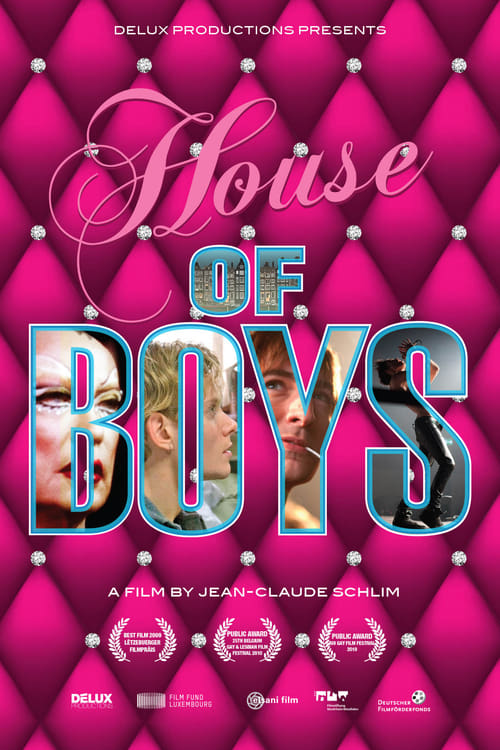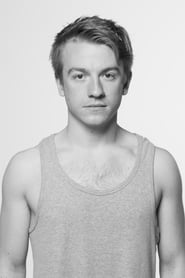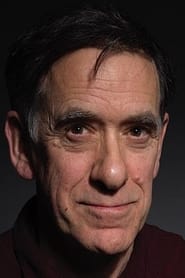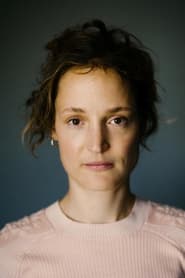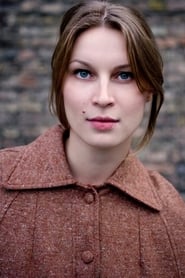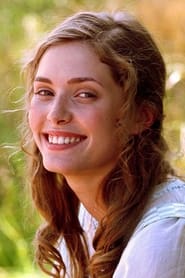Cast
View AllLayke Anderson
as Frank
Benn Northover
as Jake
Udo Kier
as Madame
Stephen Fry
as Dr. Marsh
Steven Webb
as Angelo
Chris McHallem
as Frank's Father
Vicky Krieps
as Flower Shop Girl
Harry Ferrier
as Karl
Michael Kühl
as Christopher
Gintare Parulyte
as Rita
Sascha Ley
as Frank's Mother
Natalie Slevin
as Amanda
Emma Griffiths Malin
as Carol
Elias McConnell
as Young Hippy Boy
Paul Rockenbrod
as Paul
Crew
Director
- Jean-Claude Schlim
Writer
- Jean-Claude Schlim
Producer
- Jimmy de Brabant
- Bob Bellion
Reviews
CinemaSerf
“Frank” (Layke Anderson - anyone else thing he looks a lot like Freddie Fox?) is a young British gay lad living in Amsterdam who has just left school and who is looking for life, love and some sort of adventure. He arrives at the “House of Boys” where “Madame” (Udo Kier) believes his assertions that he’s a great dancer - even if he looks bedraggled! He has to share a room with the club’s straight star “Jake” (Benn Northover) who kicks him out each time his girlfriend come for a visit, but quickly this eclectic yet friendly group welcome him to their fold and he starts to become popular. The emphasis now shifts a little to “Jake” who is having a fairly torrid time with his “my body my rules” partner whilst simultaneously providing services for wealthy visiting Americans who pay well to sleep with him. Things come to an head when someone steals his savings and when he discovers who took it, feels betrayed and that’s where the arms of the waiting “Frank” might come in handy. Their relationship starts to take on a new dimension but it’s not long before an incident leads to an hospital appointment and the entry of Stephen Fry’s “Dr. Marsh” who has some news to deliver - news that was grabbing headlines all around the world in 1985! Initially, this is quite a light and fluffy look at stereotypical gay culture, centred around a seamy dance club where sex is bought and paid for with scant regard to any though of the repercussions. It’s only when the story beds down and the characters become a little more established that it becomes a bit more substantial. It looks a little at transitional sexuality, and it addresses (albeit entirely one-sidedly) issues around abortion but the main thrust of the plot sees two characterful efforts from Anderson and Northover emerge from the “Magic Mike” elements and take us on quite a tormentedly plausible story set at the outset of the HIV/AIDS epidemic that was being stigmatised by not just the community at large, but the gay one too whilst the scientific one struggled to get it’s head around people with no T-cell count at all in their blood! The plot is not that original, but it has an earthiness to it; a darkness peppered with bits of sarcastic comedy and some decent drag routines at the start to illustrate quite potently a naive and cavalier way of life that was in for a shock. Given it’s timeframe, the outcome is pretty much writing on the wall, but to watch now when the disease is relatively manageable reminds us that a mere forty years ago this was an out-and-out killer.
Mar 19, 2025
Thematic Analysis
As a dramatic work, House of Boys examines complex human relationships and emotional struggles against the backdrop of contemporary challenges that mirror our own experiences. The character development particularly stands out, offering viewers a chance to reflect on their own life journeys.
Director Jean-Claude Schlim brings their distinctive visual style to this film, continuing their exploration of themes seen in their previous works while adding new elements. Their approach to character development and emotional depth creates a viewing experience that rewards close attention.
Released in 2009, the film exists within a cultural context that continues to evolve with our understanding of its themes. Its reception demonstrates the diverse reactions to its artistic choices and its place in cinema history.
Did You Know?
- The production of House of Boys took approximately 22 months from pre-production to final cut.
- With a budget of $2.5 million, the film represented a significant investment in bringing this story to the screen.
- The final cut of the film runs for 120 minutes, though the director's initial assembly was reportedly 179 minutes long.
- The cast underwent specialized training for 2 weeks before filming began.
- Some visual effects sequences took up to 6 months to complete.
- The director insisted on using practical effects whenever possible, reserving CGI for only the most necessary scenes.
Historical Context
- In 2009, when this film is released:
- Environmental concerns were becoming more mainstream.
- Digital technology was disrupting traditional media and entertainment.
- Digital filmmaking technologies were transforming production processes and creating new opportunities.
How This Film Stands Out
While House of Boys shares thematic elements with other films in its genre, it distinguishes itself through its unique approach to storytelling, visual style, and character development.
Unlike The Bridges of Madison County, which focuses more on action than character development, House of Boys subverts genre expectations by exploring its themes with greater nuance.
While films like Four Weddings and a Funeral and Love in the Big City explore similar territory, House of Boys stands apart through its deeper exploration of its central themes and more complex characterization.
This film's unique contribution to cinema lies in its bold artistic choices and willingness to challenge viewer expectations, making it a valuable addition to its genre.
Details
- Release Date: November 20, 2009
- Runtime: 2h
- Budget: $2,500,000
Where to Watch




